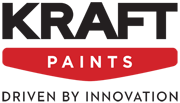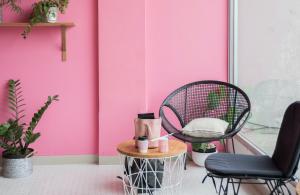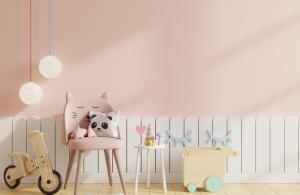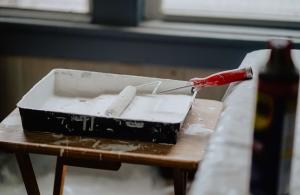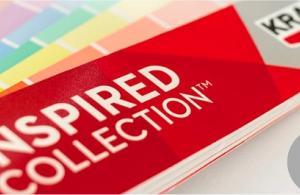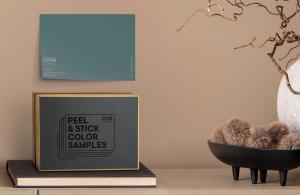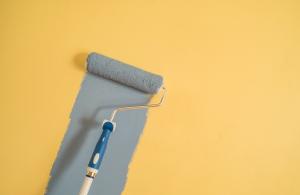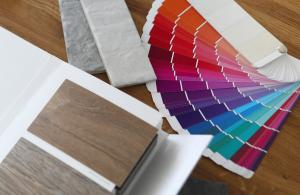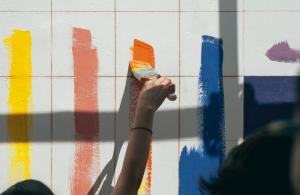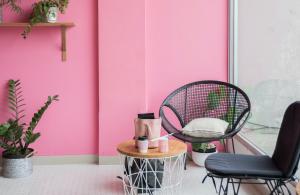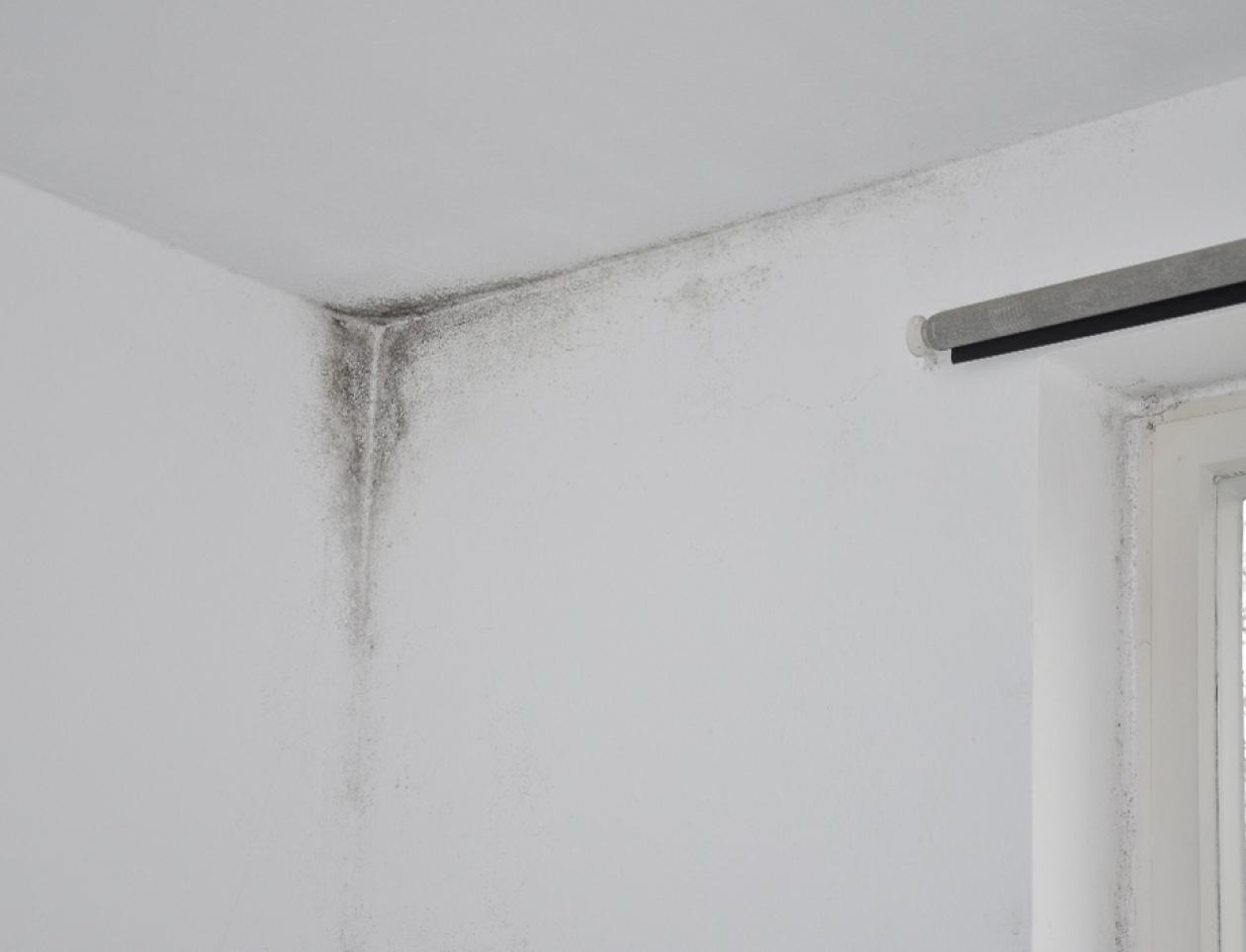Moisture on the Wall: Causes and Solutions
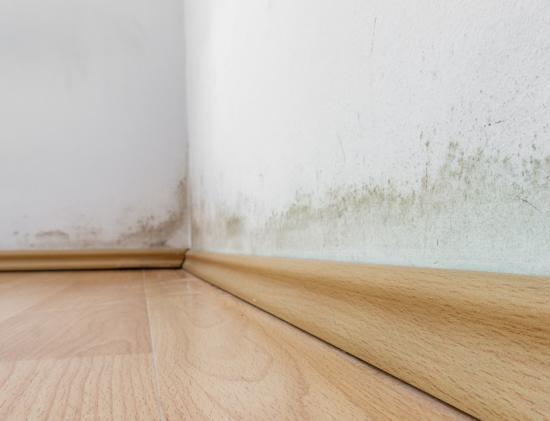
It’s a problem that makes no distinction: it appears in old and new buildings, in apartments and houses, in the city or near the sea. Learn here about the causes, the solutions, and useful information to get rid of it permanently!
Moisture is defined as the unwanted presence of water or water vapor in a building’s structure, either in solid form (wet surfaces, stains) or gas form (air humidity). Acceptable humidity levels indoors typically range from 25% to 50%, with higher levels leading to mold (a harmful fungus that spreads quickly on the surface) and visible damage. From a construction standpoint, moisture causes deterioration of plaster (bubbling), paint, and metal elements within walls (corrosion).
Clearly, moisture is not just a structural issue for a building but also a health concern for its occupants. Excess humidity and the resulting mold can cause serious respiratory problems (cough, asthma, upper respiratory infections), negatively affecting quality of life.
Therefore, regular inspection, timely waterproofing, and proper repairs are essential steps for protecting both people’s health and the value of the property.
Types of Moisture and Their Characteristics
Moisture moves upward, downward, and sideways through the pores of building materials. There are three main types of wall moisture:
- Rising damp (from the bottom up): Water is absorbed from the ground through the pores of the wall, causing moisture to appear low on the walls.
- Lateral moisture: Often due to rain driven by strong wind penetrating the exterior walls.
- Top-down moisture: Caused by poor waterproofing of terraces or roofs, allowing water to enter through external elements such as rain, cracks, damaged gutters, or porous materials on rooftops or upper-level apartments.
The causes behind moisture typically involve the absence of waterproofing layers, poor interior or exterior sealing, increased vulnerability due to location (e.g., coastal or riverside areas), faulty gutters (especially in older buildings), or internal plumbing leaks.
